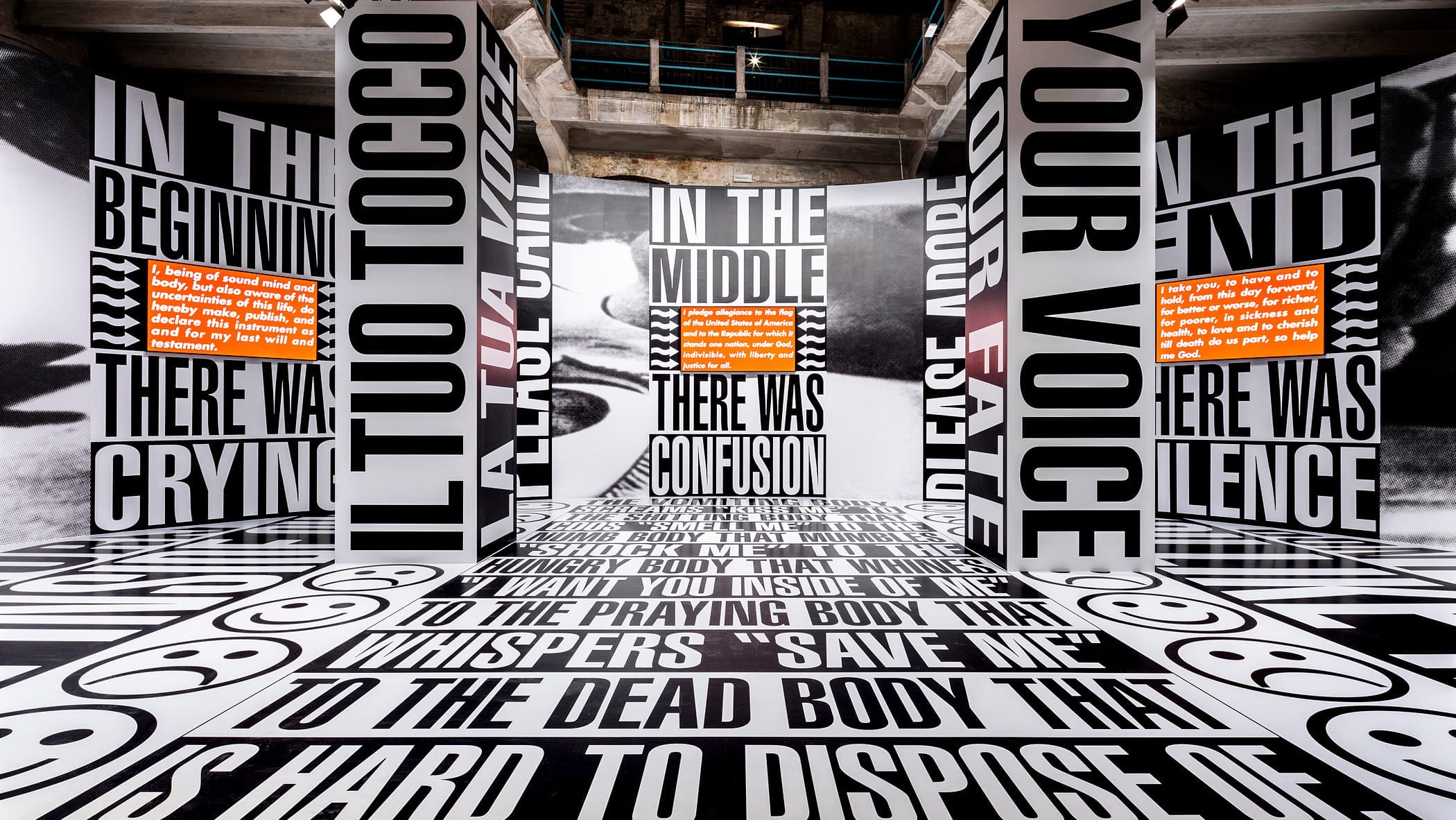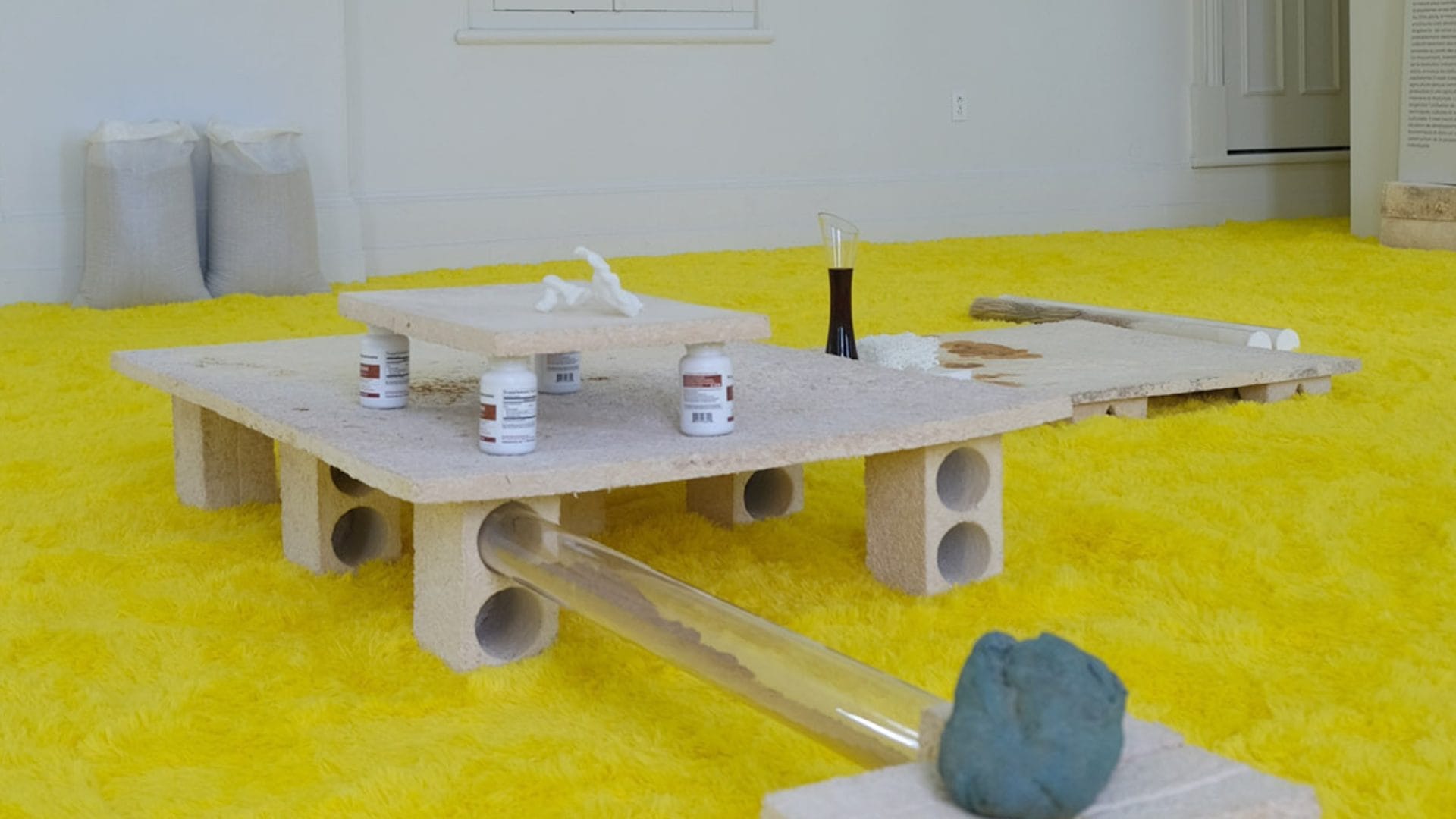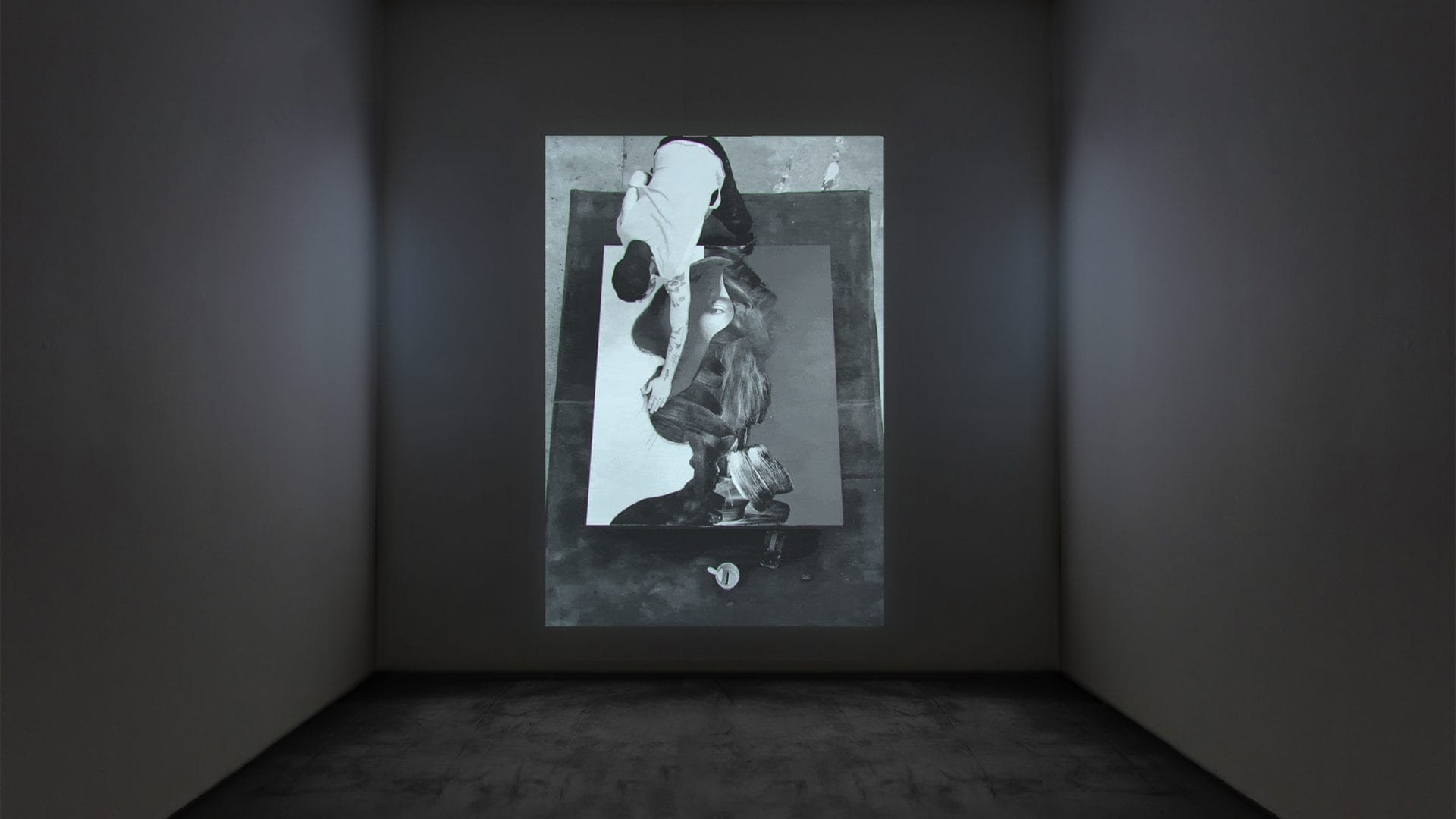
Between History and Avant-Garde: The Essence of Arte Povera at the Pinault Collection
“Arte Povera is an attempt to bring art and life closer together, to free the creative act from the weight of tradition and the market.”
With these words, Germano Celant, the Italian critic and curator, coined the term Arte Povera in 1967 to define a group of Italian artists who defied traditional art practices by using simple, organic, and industrial materials—such as soil, fabric, and metal—to confront consumerism and challenge conventional forms in art. For Celant, Arte Povera symbolized an art that intertwined with life itself, rejecting the elitism and commercialization of the art world and instead emphasizing authenticity, simplicity, and impermanence.

The exhibition space, meticulously curated as an immersive “terrain,” stands prominently in front of the Bourse de Commerce, home to the Pinault Collection, in the central Les Halles district. This site has announced for several weeks the eagerly awaited “Arte Povera” exhibition, opening on October 9. Visitors are invited into a fragmented, poetic landscape where each piece contributes to an individual narrative as well as a collective dialogue, bringing to life the essence of Arte Povera—an avant-garde art movement theorized by Germano Celant in 1967 to explore the synthesis between nature and culture.
One notable work, Idee di pietra–1532 kg di luce by Giuseppe Penone, illustrates this principle vividly, blending natural and cultural elements through its monumental design. A bronze figure stands with an arm raised in a familiar gesture, emanating both power and vulnerability within this deconstructed setting. This piece is surrounded by piles of discarded clothing, hay bales, pebbles, and fragmented structures, all creating a contrasting scene where fragility meets permanence, and organic forms intersect with industrial remnants.
Curated by art critic and Arte Povera expert Carolyn Christov-Bakargiev, former director of the Castello di Rivoli Museo d’Arte Contemporanea until December 2023, this ambitious exhibition runs until January 27, 2025. It showcases over 250 works, including a significant selection from François Pinault’s collection, enhanced by generous loans from institutions such as the Castello di Rivoli, Fondazione Arte CRT, Museo e Real Bosco di Capodimonte, Centre Pompidou in Paris, and Tate in London, as well as from the personal collections of various artists.
The exhibition layout encourages a reflective, meandering journey through Arte Povera’s unique exploration of raw materials and simplicity, channeling an energy that feels almost primal. This setup resonates deeply with the original intent of Arte Povera, inviting viewers to transcend conventional artistic mediums and engage directly and sensorially with the art.
This dynamic use of materials is vividly illustrated in a heap of worn clothing, reminiscent of Michelangelo Pistoletto’s famous Venus of the Rags, engulfing a classical statue. The juxtaposition of the ancient with the discarded challenges the viewer’s perception of permanence and beauty, embodying Arte Povera’s original spirit—its defiance of consumerist values and embrace of impermanence and decay. The soft fabrics blend into the statue’s rigid lines, dissolving conventional hierarchies of art materials and prompting a reevaluation of what constitutes “noble” materials in the art world.
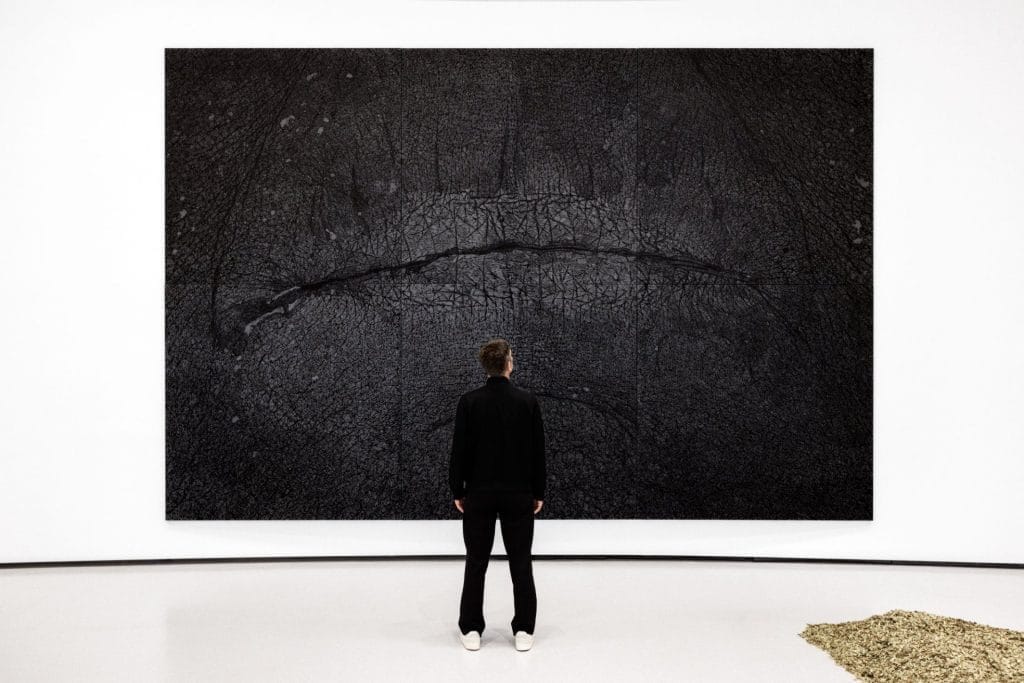
The exhibition expands Arte Povera’s impact across geographies and generations, with works arranged minimally in a white-walled gallery space. Each sculpture, assemblage, and canvas reflects the adaptability and ongoing relevance of Arte Povera’s core principles. A world map piece by Alighiero Boetti anchors the display, merging the movement’s Italian roots with a global perspective, while industrial-inspired sculptures evoke Arte Povera’s engagement with contemporary materials and labor. The arrangements highlight Arte Povera’s dedication to elevating mundane materials, a practice that resonates with modern audiences by bridging art, daily life, and ecological contemplation.
This exhibition embodies Arte Povera’s evolution from an avant-garde rebellion into a nuanced exploration of human experience, materials, and memory. Once challenging rigid artistic boundaries, Arte Povera now critiques societal norms around value, consumption, and heritage. The curatorial selection, featuring works from renowned international collections, underscores Arte Povera’s profound impact on the global art scene, with each piece echoing the movement’s original fervor while engaging with today’s environmental and sociopolitical landscapes.

The “Arte Povera” exhibition at Bourse de Commerce is not merely a look back; it is a living conversation about art’s relationship with nature, society, and time itself. Christov-Bakargiev’s curation brings this movement’s history into a new dimension, showing how its ideals have rippled across decades to inspire artists globally. As you leave the exhibition, you are left to ponder Arte Povera’s enduring message: that art, much like life, is transient, resilient, and infinitely layered.
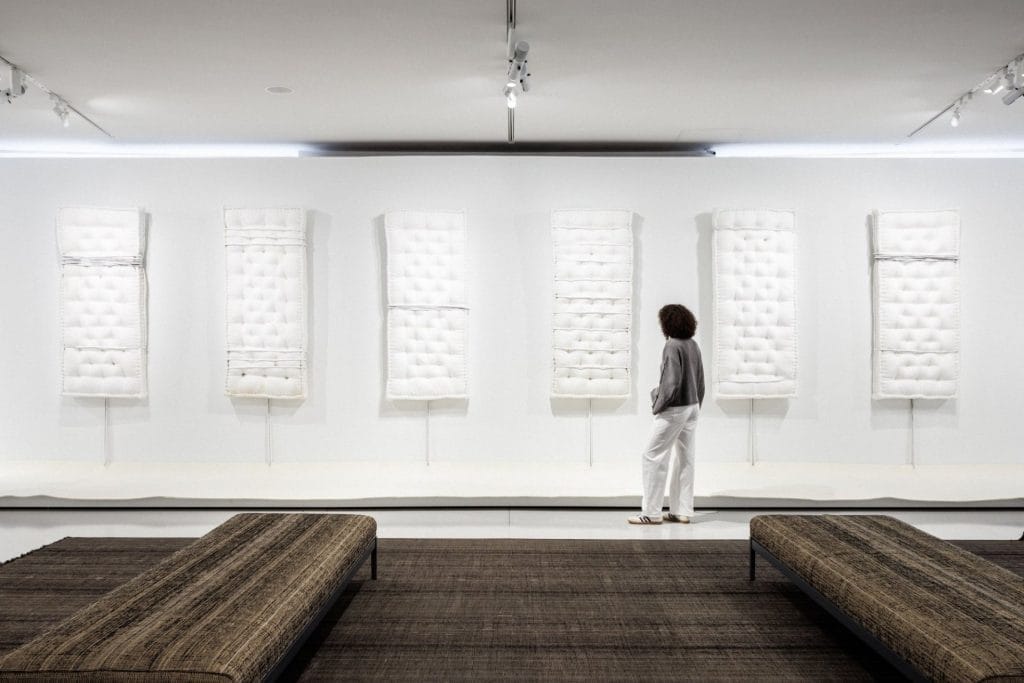


fakewhale
Founded in 2021, Fakewhale advocates the digital art market's evolution. Viewing NFT technology as a container for art, and leveraging the expansive scope of digital culture, Fakewhale strives to shape a new ecosystem in which art and technology become the starting point, rather than the final destination.
You may also like
Words and Power: Barbara Kruger’s Visual Revolution
Let’s talk about Barbara Kruger, the artist who turned art into a boxing ring where words are
Patrick Berube, Autre/Fois at Art Center of Kamouraska, Kamouraska, Quebec
“Autre/Fois” by Patrick Berube at Art Center of Kamouraska, Kamouraska, Quebec, 15/06/20
Fakewhale Solo Series presents Remote Viewing by Jesse Draxler
On Wednesday, April 24th, Fakewhale proudly presents “Remote Viewing”, a Fakewhale Solo Series r

